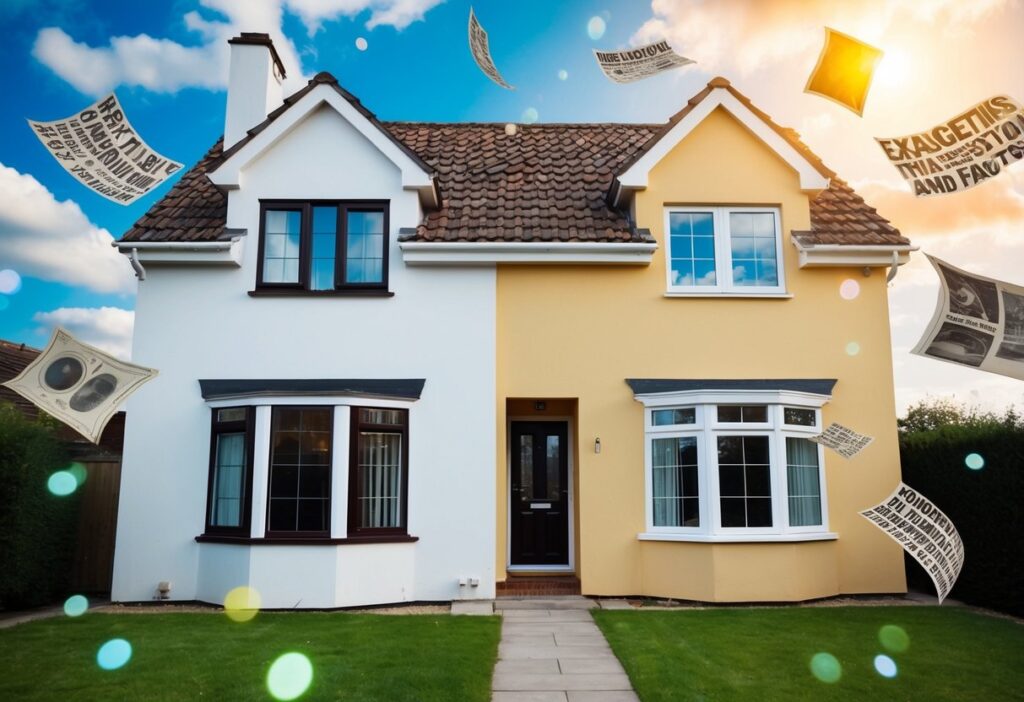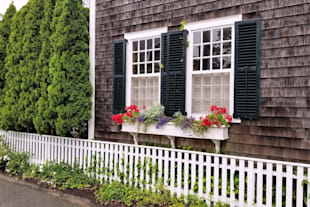When it comes to double glazing, there’s a lot of confusion about what’s true and what’s not. Many homeowners hesitate to invest in double glazing because they’ve heard it’s too expensive or only suitable for certain climates. These misconceptions often prevent people from enjoying the benefits that double glazed windows can provide.
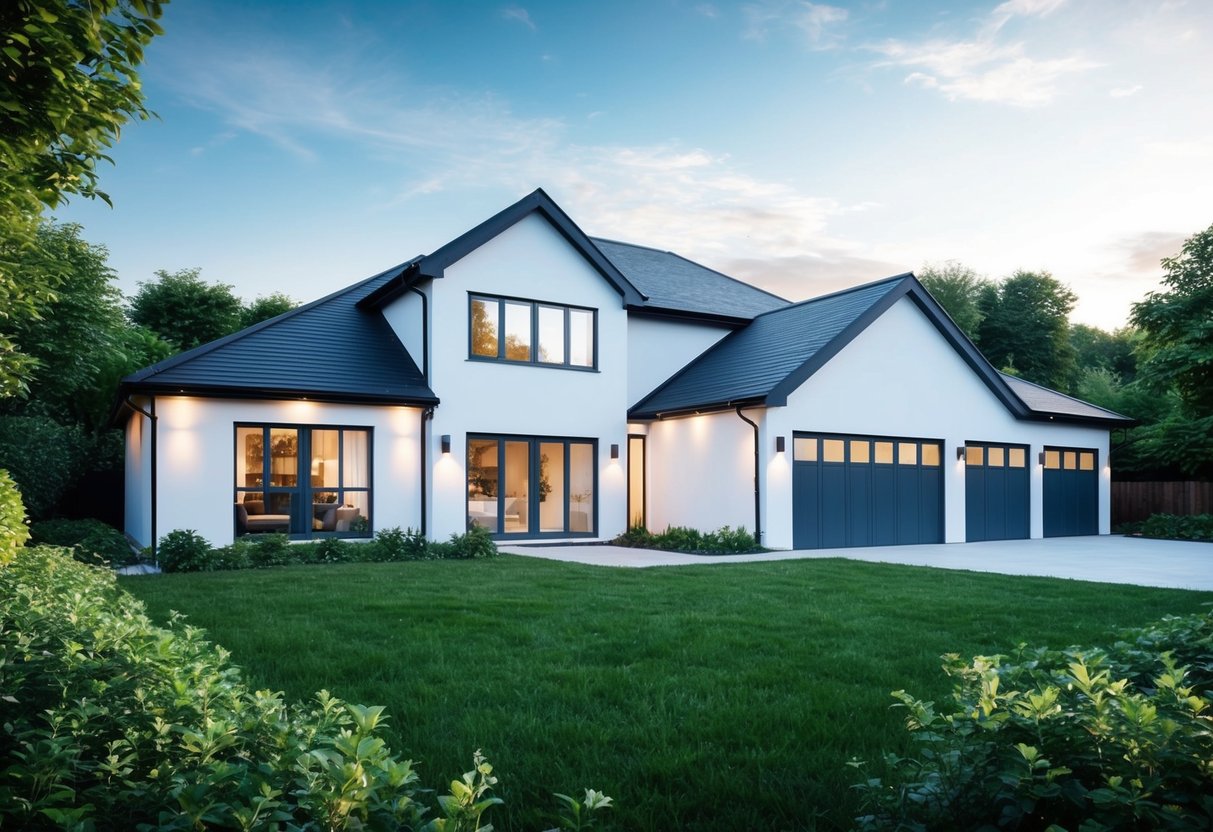
Double glazing can last up to 35 years and typically offers excellent value for money, with costs that pay off quickly through energy savings. The durability of double glazed windows depends on factors like installation quality and exposure to weather conditions, but with proper care, they serve homes for decades.
Contrary to popular belief, double glazing isn’t just for cold climates – it works effectively in all weather conditions by providing insulation against both cold and heat. It also offers additional benefits beyond temperature control, including enhanced security and noise reduction, making it a worthwhile investment for most properties.
Understanding Double Glazing: Technology and Function
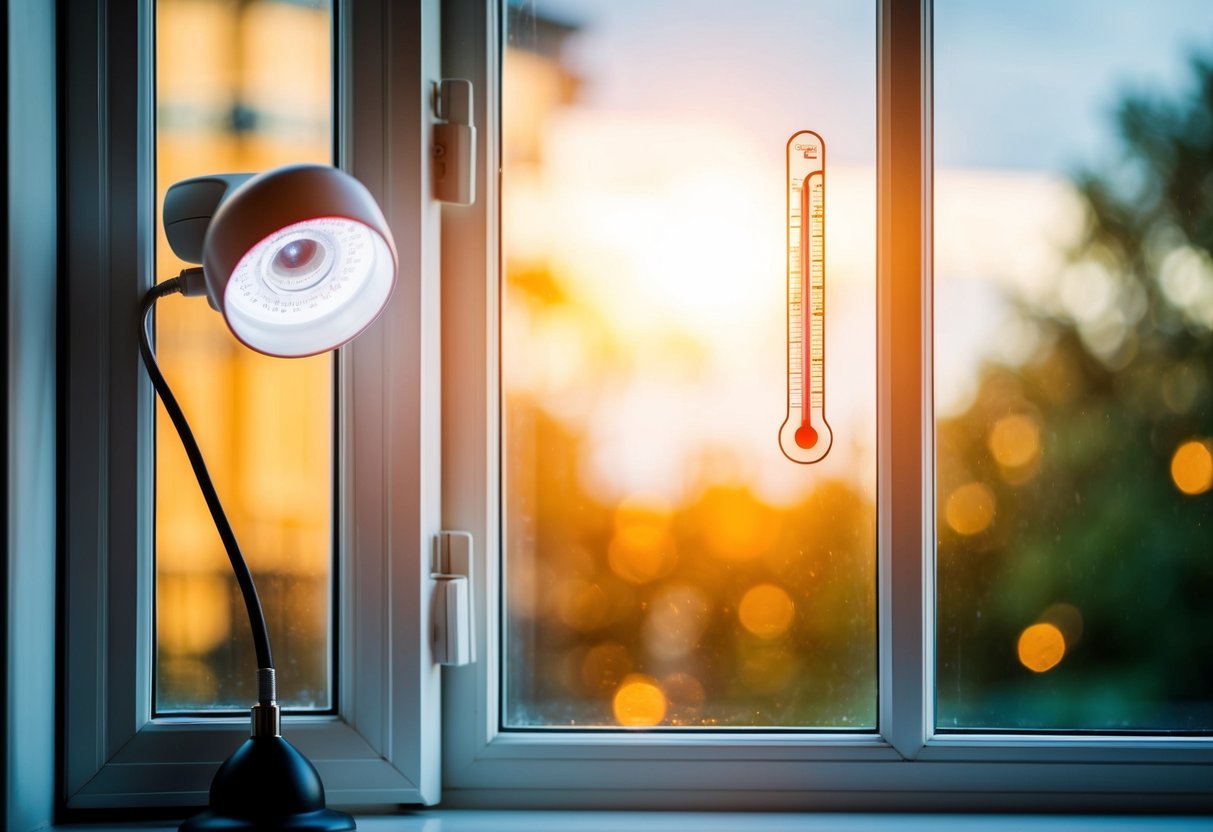
Double glazing technology creates windows with two panes of glass separated by a spacer. This design traps air or gas between the panes, creating an insulation barrier that reduces heat transfer and noise.
How Double Glazing Works
Double glazed windows consist of two panes of glass with a gap between them. This gap, typically 12-16mm wide, contains either air or an inert gas like argon. The gas provides better insulation than air alone because it conducts less heat.
The two panes are sealed around the edges with a spacer bar, creating an airtight unit. This design prevents heat from easily transferring between the inside and outside of a building. In winter, it keeps warm air in, while in summer, it keeps hot air out.
The sealed unit also reduces noise pollution significantly. Sound waves must travel through multiple materials (glass, gas, glass), which dampens their intensity. This makes double glazing effective in busy urban areas.
Materials Used in Double Glazed Windows
The glass used in double glazing varies in thickness and type. Standard clear glass is common, but toughened glass offers increased security and safety. Toughened glass is heat-treated to be approximately five times stronger than regular glass and shatters into small, less dangerous pieces if broken.
The frames holding the glazed units come in several materials. UPVC (unplasticised polyvinyl chloride) windows are popular due to their affordability, durability and minimal maintenance requirements. They provide excellent insulation and come in various colours and finishes.
Other frame options include:
- Aluminium: Slim profiles with modern appearance
- Timber: Natural look with good insulation
- Composite: Combines materials for optimal performance
The spacer bars between glass panes are typically made from aluminium or warm edge materials that further reduce heat transfer.
Energy Efficiency and Comfort: Fact Versus Fiction
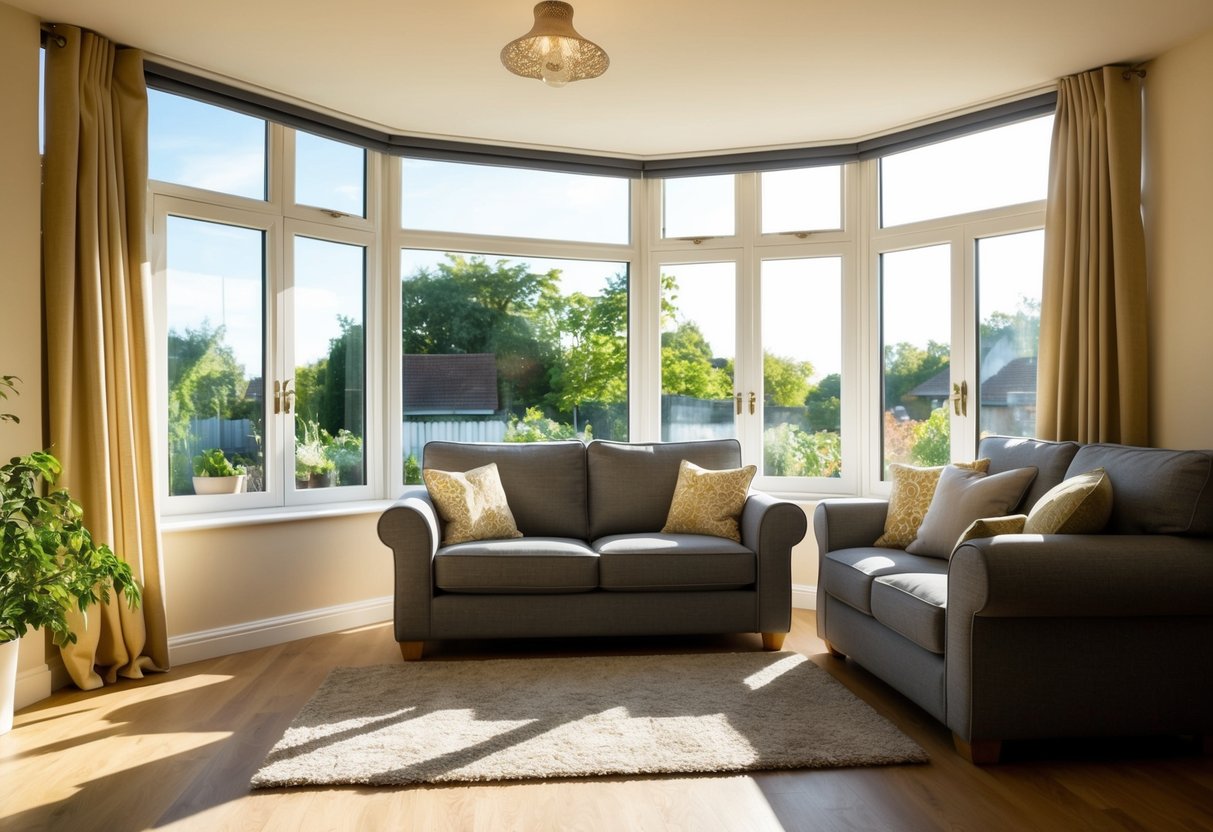
Double glazing offers significant benefits for your home’s energy performance and overall comfort, despite several misconceptions that persist in the market. Research confirms its effectiveness in both warm and cold climates.
Impact on Heating and Cooling
Double glazing can reduce heat loss through windows by up to 30%, making a substantial difference to your heating bills during colder months. This efficiency comes from the insulating air or gas layer between the two panes that creates a thermal barrier.
When paired with a gas boiler system, double glazed windows help maintain consistent indoor temperatures, reducing the workload on your heating system. This means less fuel consumption and lower costs.
In summer months, double glazing works in reverse, keeping hot air outside and cool air inside. This reduces the need for air conditioning or electric fans, further cutting energy usage.
Many homeowners see a noticeable drop in their energy bills within the first year after installation. The savings typically continue throughout the windows’ lifespan of 20+ years.
Reducing Carbon Footprint with Double Glazing
The energy efficiency of double glazing directly translates to a smaller carbon footprint. By reducing heat loss, these windows decrease the amount of energy needed to heat your home.
Environmental Impact:
- Reduces CO2 emissions by lowering heating requirements
- Decreases reliance on fossil fuels
- Supports transition to renewable heating systems
Double glazing works exceptionally well with heat pumps and other low-carbon heating technologies. When combined, they create a more sustainable home heating solution.
A typical UK home with full double glazing can reduce its carbon emissions by approximately 680kg per year compared to single glazing. This is equivalent to driving about 2,500 miles in an average car.
The environmental benefits extend beyond just energy usage. Quality double glazing can last decades, reducing the need for frequent replacements and associated manufacturing emissions.
Double Glazing and Home Comfort
Beyond energy efficiency, double glazing significantly improves home comfort in several practical ways. The additional glazing layer creates a more stable indoor climate throughout the year.
Noise reduction is a major benefit, with double glazed windows reducing outside noise by up to 35 decibels. This creates a quieter, more peaceful home environment.
Condensation issues are greatly reduced with proper double glazing. The warmer inner pane prevents the temperature differential that causes condensation to form, reducing the risk of mould growth.
Cold spots near windows disappear with double glazing, allowing you to use more of your living space comfortably. You’ll no longer need to avoid sitting near windows in winter.
Security is enhanced as well, with double glazed units being much harder to break than single glazing. Many insurance companies offer lower premiums for homes with double glazing installed.
Installation Myths and Realities
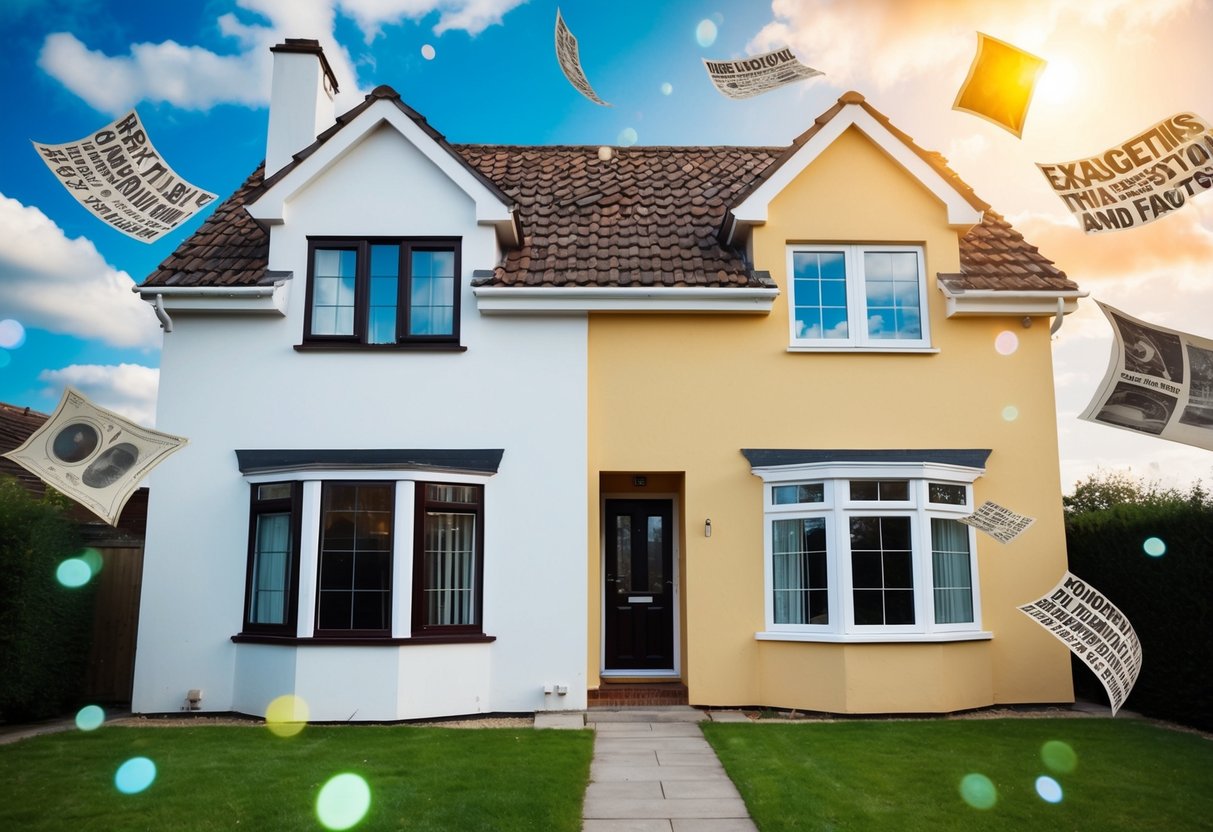
Many homeowners worry about the hassle and disruption of installing double glazing. Let’s separate fact from fiction when it comes to getting new windows fitted in your home.
Double Glazing Installation Process
The installation process for double glazing is typically straightforward and efficient. Most professional installations can be completed within 1-2 days for an average home. Installers begin by removing the old windows, carefully preparing the apertures, and then fitting the new double glazed units.
A proper installation includes sealing around the frames to ensure they’re weathertight and secure. Modern installation techniques minimise mess and disruption to your household routine.
Many UK homeowners don’t realise that they might qualify for a government grant towards double glazing installation, especially if upgrading from single glazing as part of energy efficiency improvements. These schemes can significantly reduce the upfront costs.
Common Misconceptions About Fitting
A persistent myth is that winter installations should be avoided. In reality, professional installers can fit double glazing year-round with minimal heat loss. They typically work on one window at a time to maintain your home’s temperature.
Another misconception is that installation always requires extensive wall repairs. Professional fitters are trained to work within existing openings, minimising damage to surrounding walls and decorations.
Some homeowners worry that installation will take weeks. This simply isn’t true – most domestic double glazing projects are completed within days, not weeks.
The belief that DIY installation saves money often leads to problems. Improper fitting can negate the energy efficiency benefits and may invalidate warranties. Professional installation ensures proper sealing and functioning.
Cost, Value, and Financial Support

Double glazing represents a significant investment that often raises questions about its true value. Many homeowners wonder if the costs justify the benefits and what financial assistance might be available.
The True Cost of Double Glazing
Double glazing installation typically costs between £300 and £600 per window, depending on size, frame material, and glass type. While this initial price may seem steep, it’s important to consider the long-term savings. Energy experts confirm that quality double glazing can save approximately £235 per year on heating bills.
The reality contradicts the myth that double glazing isn’t value for money. These windows can increase your property value by up to 10%, making them a wise investment rather than just an expense.
The payback period for double glazing varies, but most homeowners recoup their costs within 7-10 years through energy savings alone.
Available Government Grants and Incentives
Several financial support options exist for UK homeowners looking to install double glazing. The Energy Company Obligation (ECO) scheme provides assistance to low-income households and those receiving certain benefits.
The Green Homes Grant, though limited in scope, offers vouchers covering up to two-thirds of improvement costs for eligible properties.
Local authorities sometimes provide their own grants and interest-free loans for home energy efficiency improvements including window upgrades.
Some double glazing companies also offer finance packages with competitive rates, making the initial investment more manageable through monthly payments rather than a single lump sum.
Separating Unrelated Myths: Skincare, Sunscreen, and Beyond
Some myths about double glazing get mixed up with advice about skincare and sun protection. These unrelated topics often cause confusion, especially when terms like “protection” and “barrier” are used in both contexts.
Debunking Skincare and Double Glazing Connections
Double glazing creates a protective barrier for your home, while your skin has its own natural barrier. However, these barriers work differently. Some believe that rooms with double glazing might affect skin moisture levels, but this is unfounded.
Double glazing controls temperature and prevents condensation, which can actually benefit your skin by maintaining consistent indoor humidity. This differs from skincare myths about hot water opening pores – pores don’t actually open and close like windows.
Many people worry that cleaning double glazed windows requires harsh chemicals that might damage skin. In truth, most modern windows need only mild cleansers, similar to gentle skin cleansing products. The concept of “double cleansing” applies to skincare routines, not window maintenance.
The Truth About Double Glazing and Sunscreen
Double glazing does block some UV rays, but it doesn’t provide complete protection like proper SPF sunscreen. Standard glass blocks UVB rays (which cause sunburn) but allows some UVA rays (which cause ageing) to pass through.
This partial protection creates a dangerous myth that you don’t need sunscreen indoors. Dermatologists recommend wearing SPF even when sitting near windows, especially for people concerned about skin ageing or with genetic predispositions to skin damage.
Double glazing with special coatings can block more UV rays, but these windows are designed for energy efficiency, not skin protection. They complement but don’t replace proper skincare and sunscreen use.
Some believe double glazing might worsen acne by trapping heat. However, maintaining consistent temperature actually helps manage skin conditions by preventing excessive sweating and oil production.
